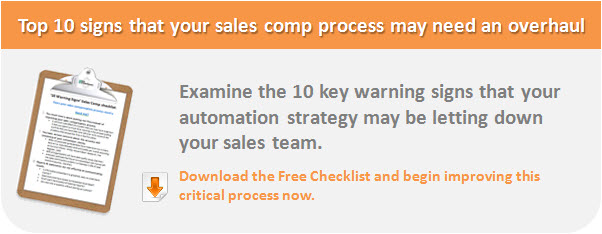The linkage between your sales comp plans and administering them in a world class fashion is critical to successfully transforming sales compensation into a competitive weapon. The following snapshot walks us through the basics of how to address several fundamental questions related to plan design that you should be thinking about every time you review your plans and their design:
-
Who should be on a plan?
-
What should we target for total pay?
-
How should pay be split between salary and incentives?
-
How should the incentive plan component be structured?
-
How can I administer these plans and proactively communicate performance to all levels of my sales team?
Who should be on a plan? A common point of departure for plan design is often to decide who will be eligible for sales compensation plan. Customer facing sales professionals responsible for generating profitable revenue growth should be obvious candidates. These job titles often sound like ‘Account Manager’, Sales Representative, Field Sales, Inside Sales, EVP of Sales, Regional Sales Management, etc. In addition, business development, sales engineers & customer service roles may also make sense to include as well depending on the level of direct involvement they have driving revenue. A key concept to help guide these decisions is to make sure there is a causal relationship between the individual actions and the rewards. My belief is that there should be a direct line of sight between their sales efforts and transaction level sales that they directly affect and can be credited to them.
What should we target for total pay? Total Target Compensation: With the roles defined, your first task is to identify a Total Target Compensation (TTC) number that will form one of the cornerstones upon which you build your plan. The TTC your company chooses is a function of the sales role, your industry, geography and competitive dynamics amongst other variables. It represents the average pay level for those at target achievement. Ideally, you have compensation survey data available to you that allows you to target a level that is competitive when compared to peers in either your region or industry. Survey data will also be used when setting up performance tiers and incentive pay schedules.
How much of pay should be salary, incentives? Once TTC is determined, the next big decision is what mix between base pay and variable pay to use. This ratio between base and incentive pay at target performance can vary greatly, but commonly range from 50/50 to 80/20. The appropriate level for your company is a function of several factors; what are competitors offering? How long is the sales cycle? What is the sales role? Your corporate culture may affect this choice as much as anything that can be gleaned from a salary survey.

How should their incentive pay be structured? They key driver of incentive pay is the behavior you are hoping to reward. In the context of your sales comp plan, the behavior is tied to the plans Performance Measure’s and the reward is the payout structure. It is critical that the Performance Measures be aligned closely with corporate and functional goals and the payout structure be tied closely to the targeted variable pay. In sales, there are typically many forces at play and it is important to keep the notion of focus in mind. Best practice pan design is to keep performance measures used in Sales Incentive Compensation plans to between three to five, with three preferable. Payouts can take the form of commissions (% of Revenue), Incentive Bonus (Bonus based on % quota attainment) or both.
You’ve already determined what you are intending to pay at target performance, but the survey data can also be quite helpful in that it will provide a basis for determining the baseline or threshold, at which incentive payouts begin as well as the earning levels for those at excellence who are ‘crushing’ it.
Critical dimensions of the incentive structure include the performance period (the time period over which performance is measured, typically aligned with the sales cycle time), the quota time period and the payout frequency.
How can I administer these plans and proactively communicate performance to all levels of my sales team? NetCommissions.
There are a number of great resources on the web for more discussion on this topic; Amongst them, Bob Malandruccolo has some great inghts here that are worth checking out. In addition, I have found the folks at Sales Benchmark Index to have some great insights worth reading up on.





